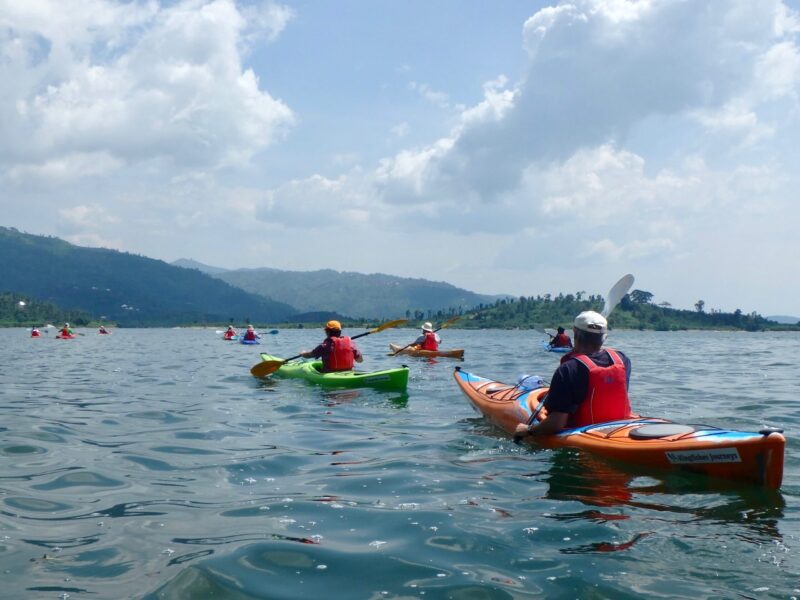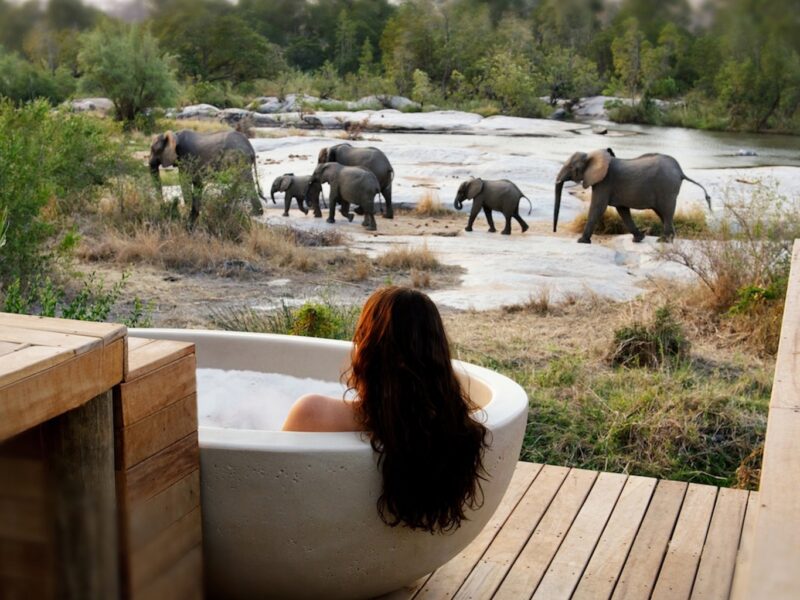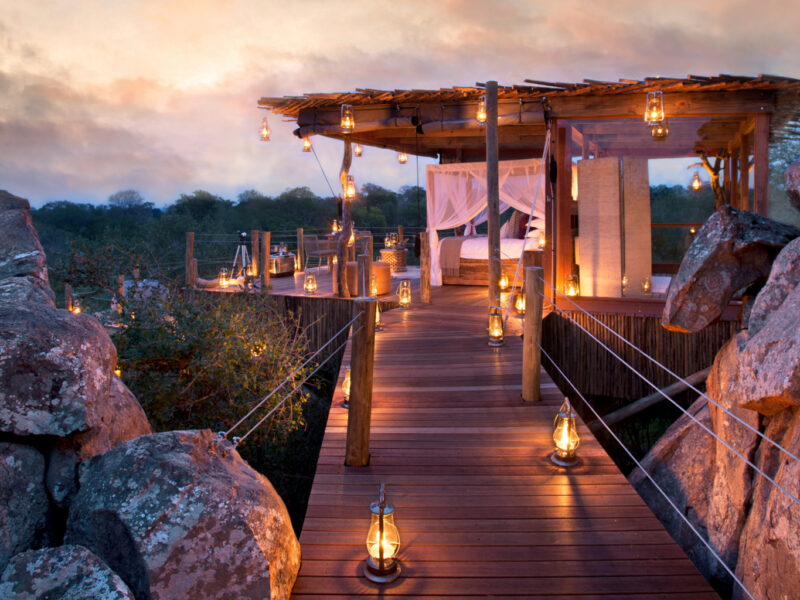When to Visit Zimbabwe: November
November in Zimbabwe is a month of change—the threshold between fire and rain. After months of intense heat and dry skies, the heavens finally begin to open. The first rains arrive in dramatic bursts, transforming the land from pale dust to shimmering green. The bush begins to breathe again. Trees bud with new life, grasses shoot up overnight, and animals seem to stir with renewed energy. This is the start of the Emerald Season, when the wilderness shifts from harsh survival to hopeful renewal.
Weather in Zimbabwe in November
November brings a marked shift in weather. Early in the month, temperatures remain high—ranging from 20°C to 35°C (68°F to 95°F)—but the oppressive dryness begins to fade. Thunderclouds gather on the horizon in the afternoons, often bursting into powerful, short-lived storms that cool the earth and awaken the senses.
Rain doesn’t fall every day, especially in the first half of the month, but it comes more frequently as the days pass. The humidity rises, and the skies take on dramatic hues—sunsets wrapped in purples and gold, lightning flickering in the distance. It’s a time of sensory drama and the first sighs of relief from the land.
Wildlife Viewing: A Shift Begins
Game viewing in November is still excellent, particularly in the early weeks before the bush thickens too much. Many species are calving—impalas, wildebeest, and other antelope give birth in synchrony, drawn by the promise of new grass and the cover of foliage. These newborns are a magnet for predators, making for compelling and sometimes heart-wrenching sightings.
The wildlife is slightly more scattered as water becomes more accessible, but sightings remain rewarding. The tension of the dry season gives way to moments of tenderness—young animals wobbling on unsteady legs, herds relaxed and feeding, and birds bursting into breeding plumage.
Birding is sensational in November. Migratory species begin to arrive from Europe and Asia, and the air is filled with new calls, vibrant colors, and intricate courtship dances. Wetlands and woodlands alike come alive, making this an exceptional month for bird enthusiasts.
Where to Go on Safari in November
Hwange National Park remains a solid choice, especially in the early part of the month. While some wildlife disperses, the park still offers strong predator activity, especially around permanent waterholes. The mix of dry and green areas offers both visibility and renewal.
Mana Pools typically winds down its season in early November, as accessibility becomes a challenge with the first rains. But if you’re there early enough, it’s still wild, raw, and unforgettable.
Gonarezhou begins to glow with new color and is ideal for travelers seeking solitude and early-season beauty.
Victoria Falls in November
Victoria Falls begins its rise again in November as rains upstream slowly feed the Zambezi River. While it’s still far from peak flow, the Falls regain some of their roar, and the surrounding rainforest starts to flourish once more.
This is a beautiful month to walk the trails with fewer tourists around. You’ll often find yourself alone with the mist and birdsong. Adventure activities like white-water rafting continue (though the rapids may shift depending on rainfall), and scenic flights offer changing views as the land begins to green.
Why Visit Zimbabwe in November?
November is a time of contrasts—dry earth meeting falling rain, predator and prey dancing between seasons, and landscapes caught between gold and green. It’s not quite peak safari, but it offers a deeper, more emotional experience: the quiet hope of life returning.
If you want to remember the smell of the first rain on parched earth, the sight of a newborn impala beside its mother, or the deep rumble of thunder rolling across the savanna, November will stay with you long after you’ve left.




